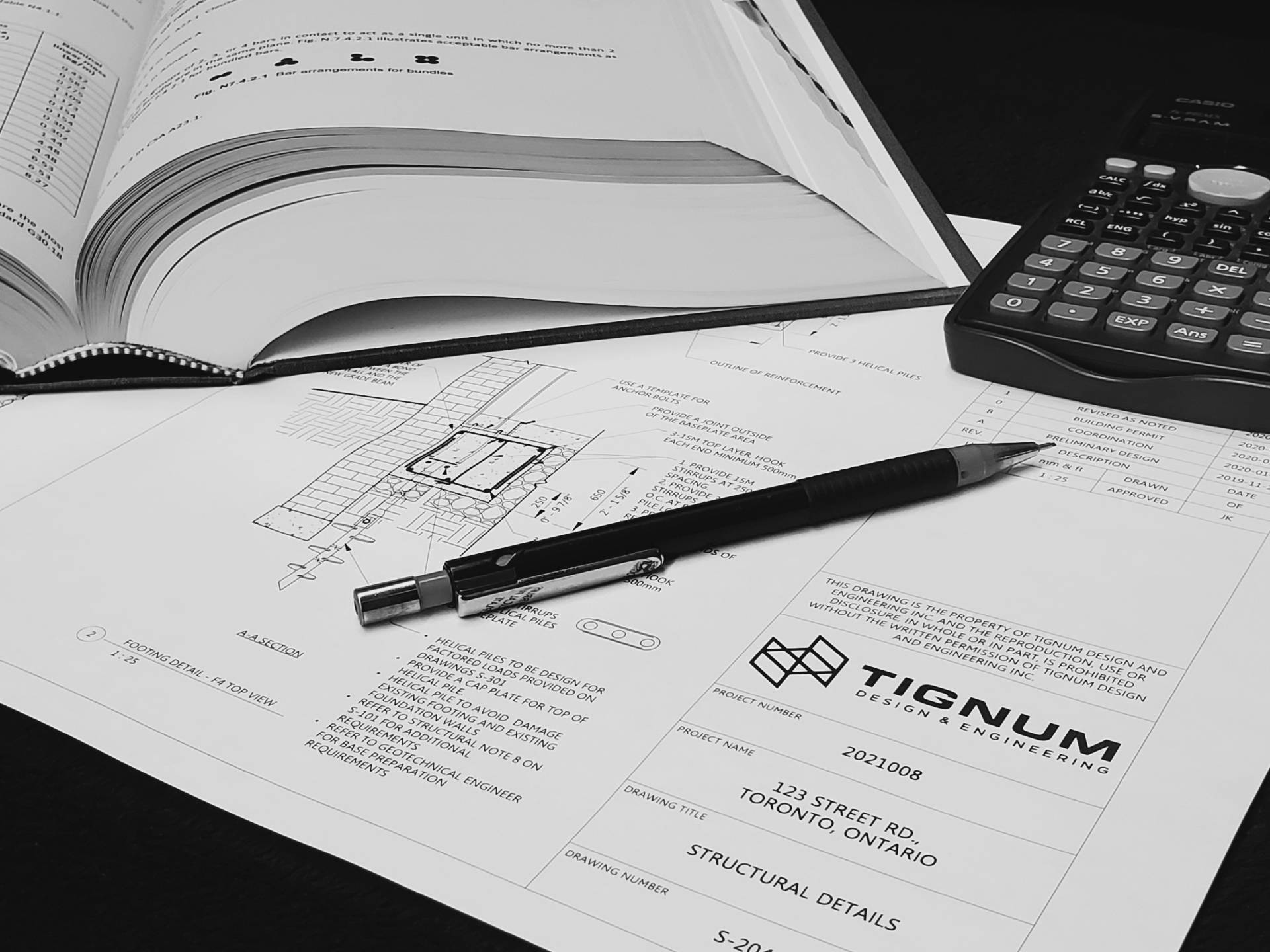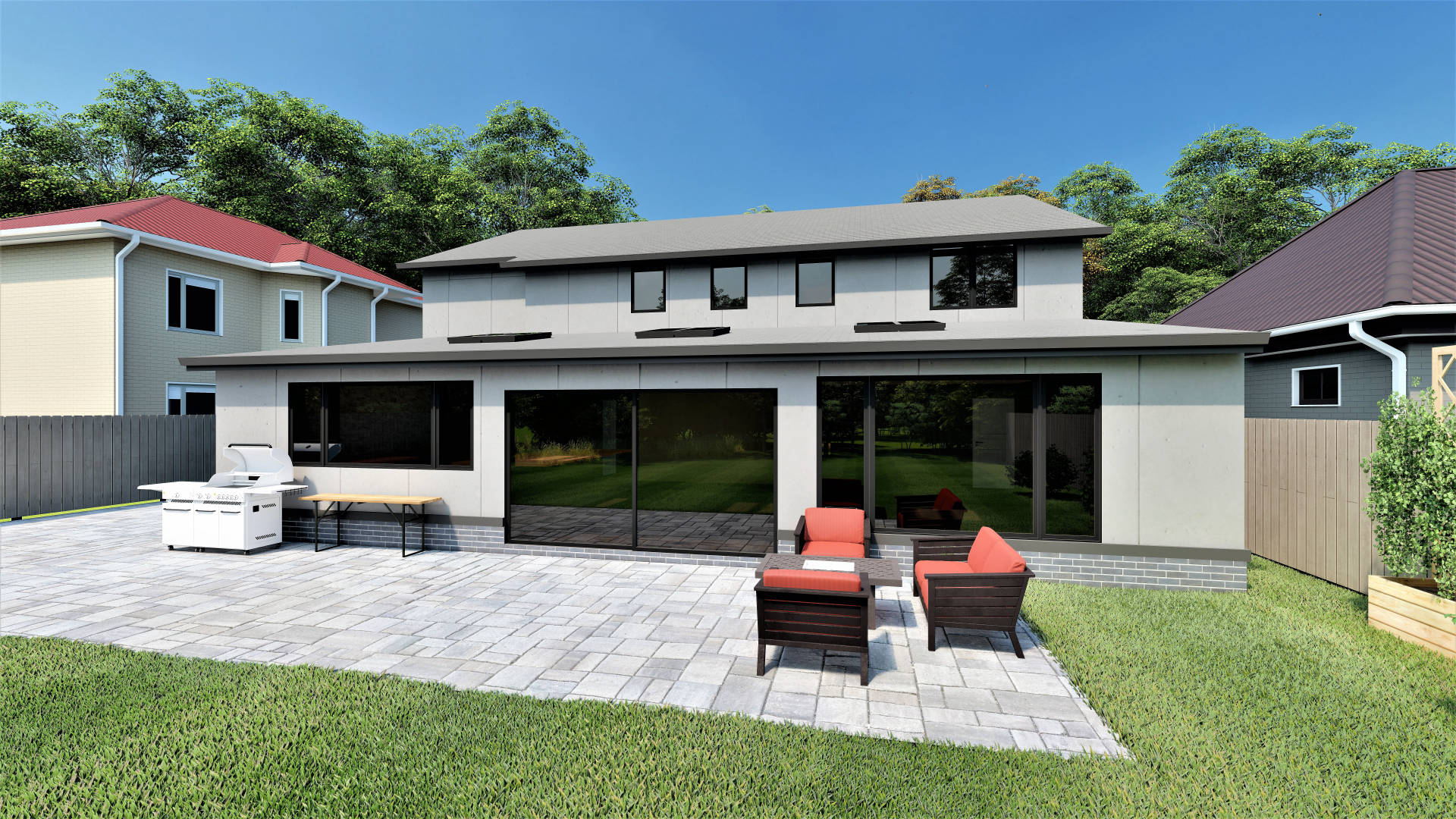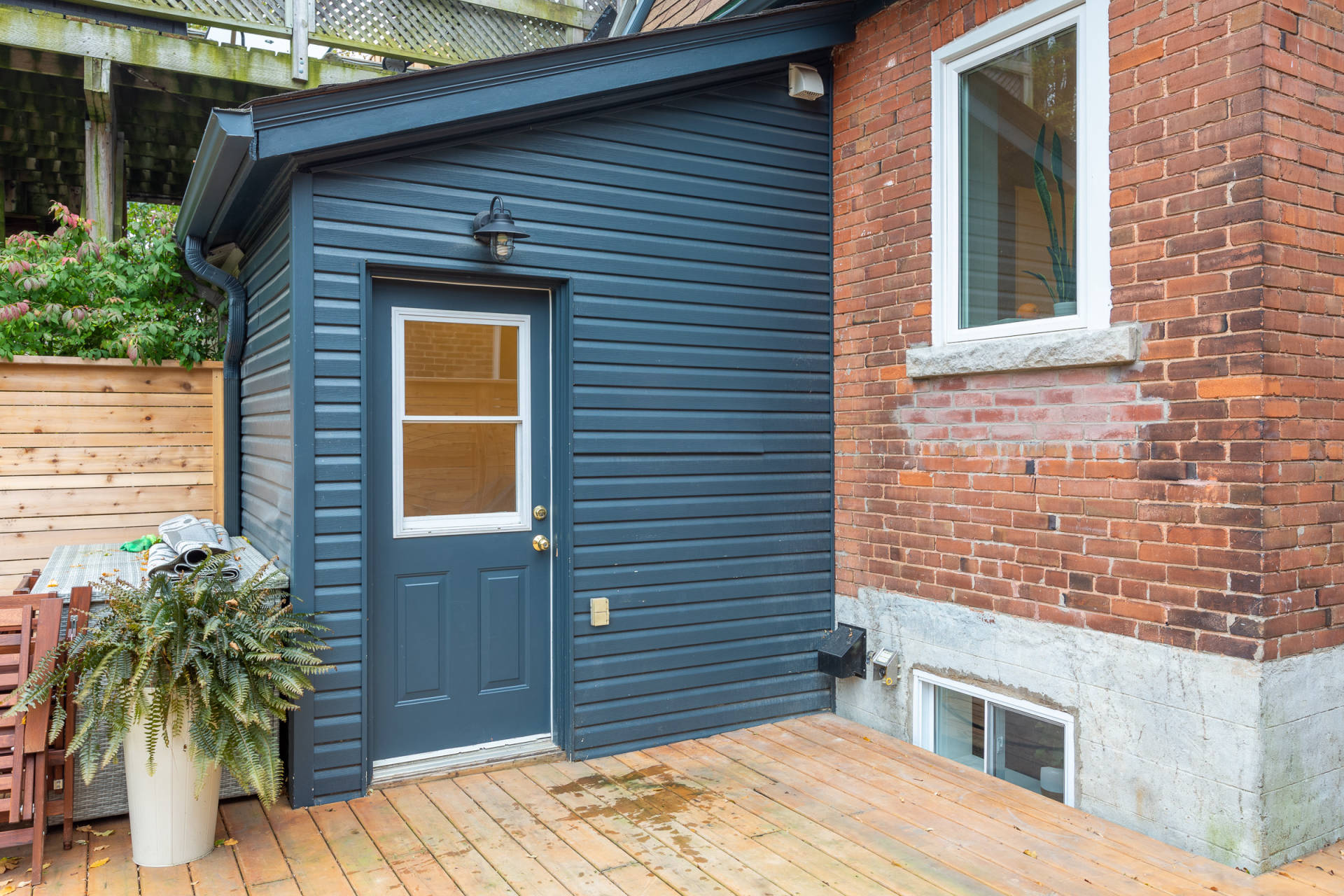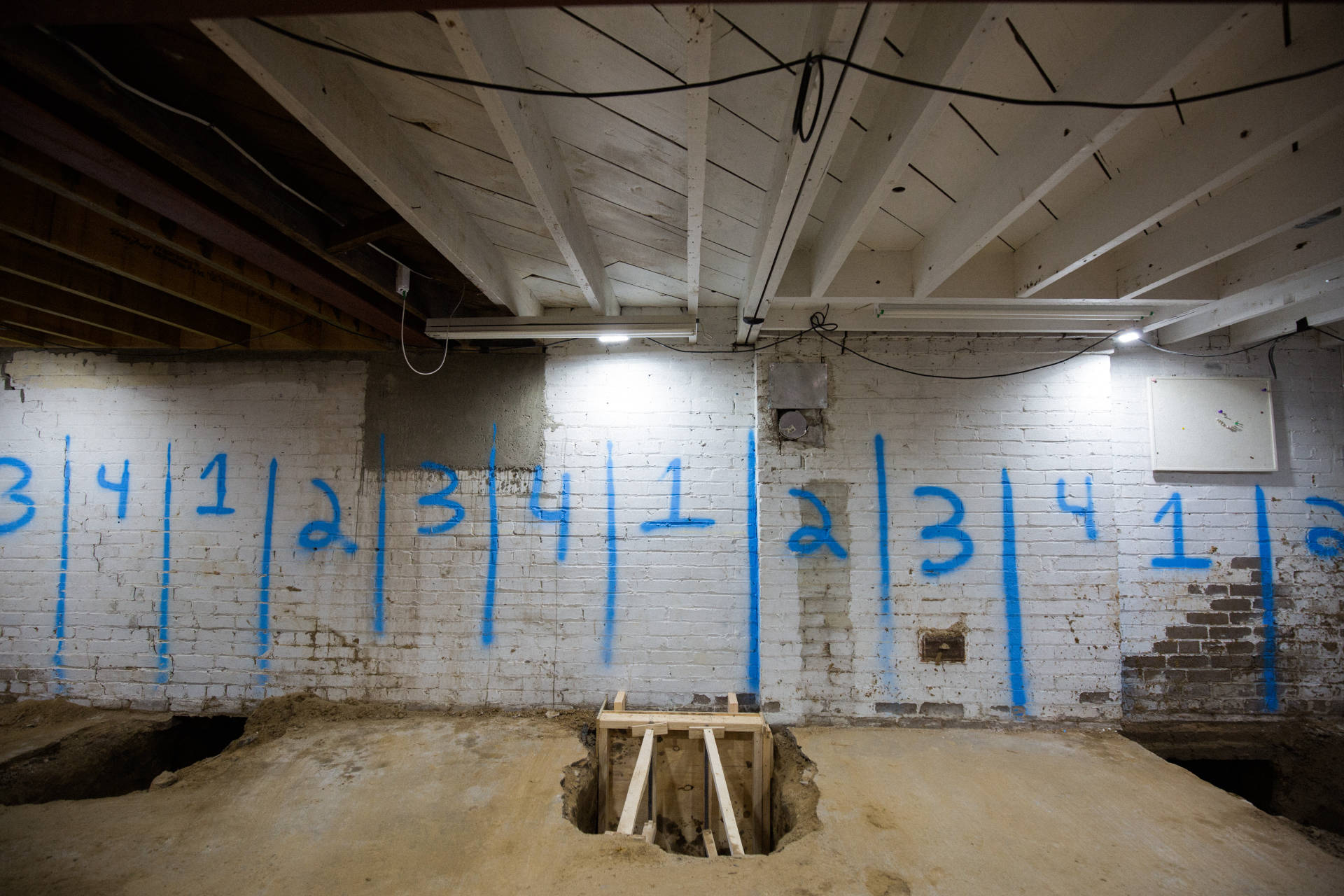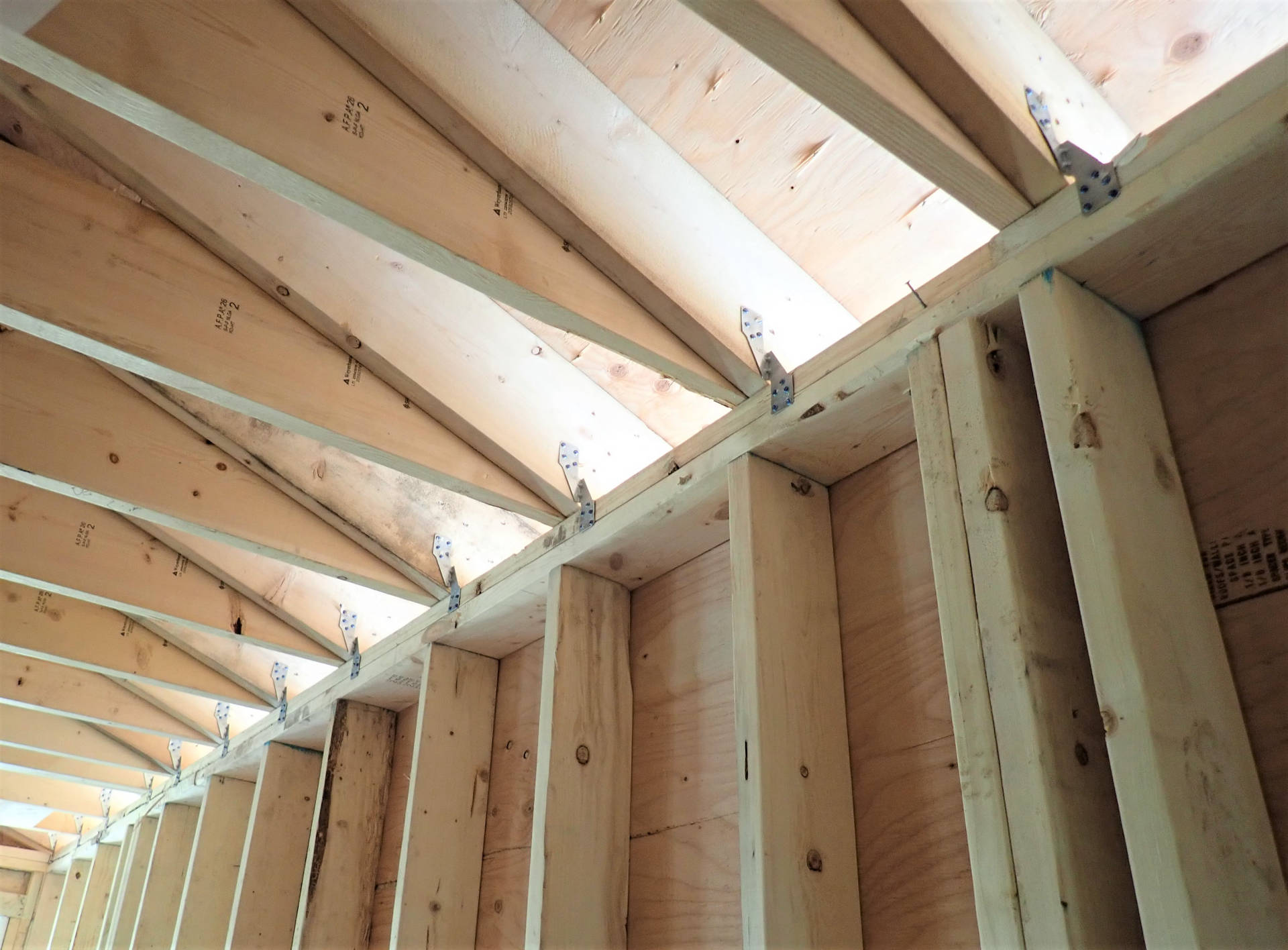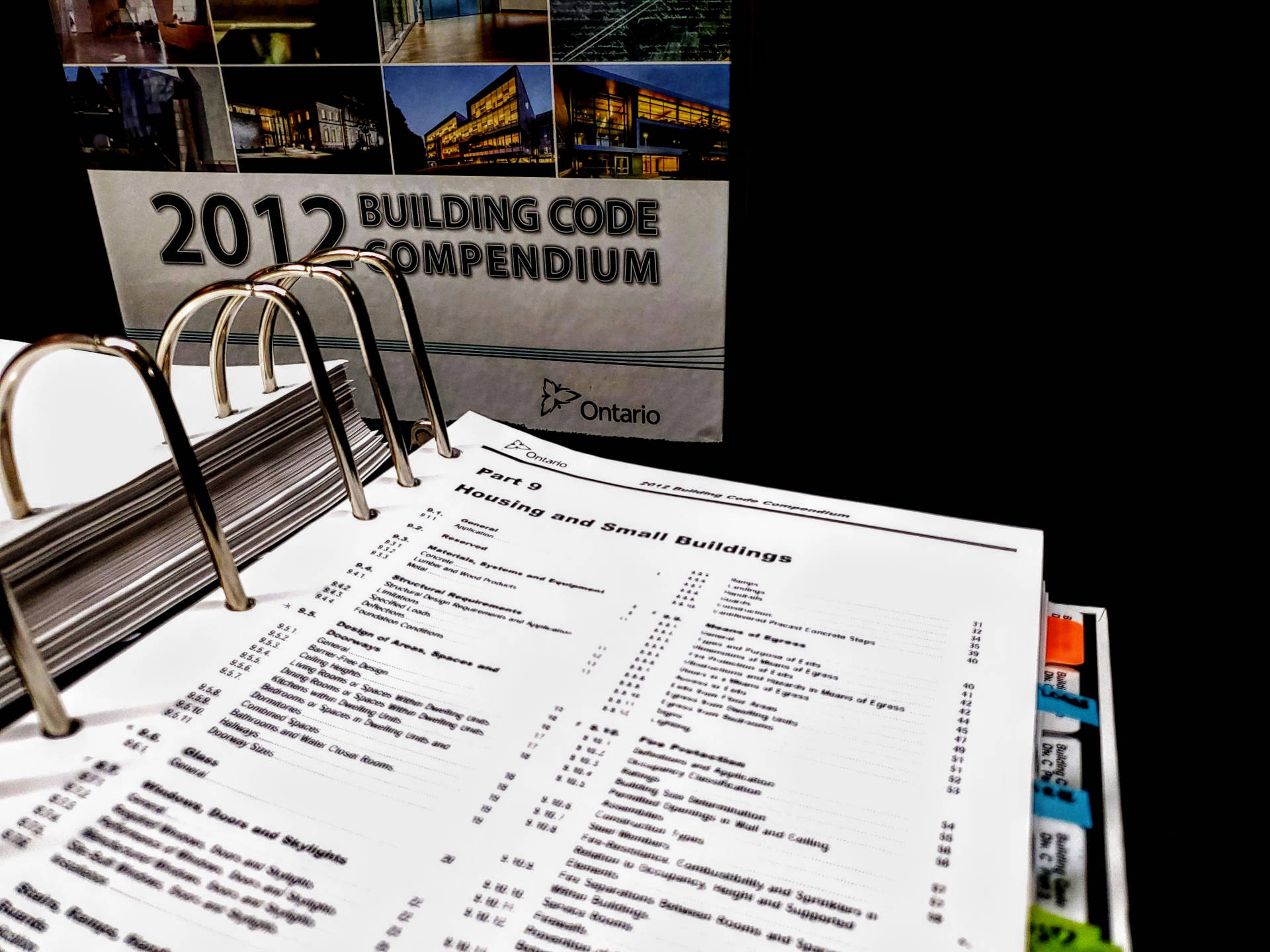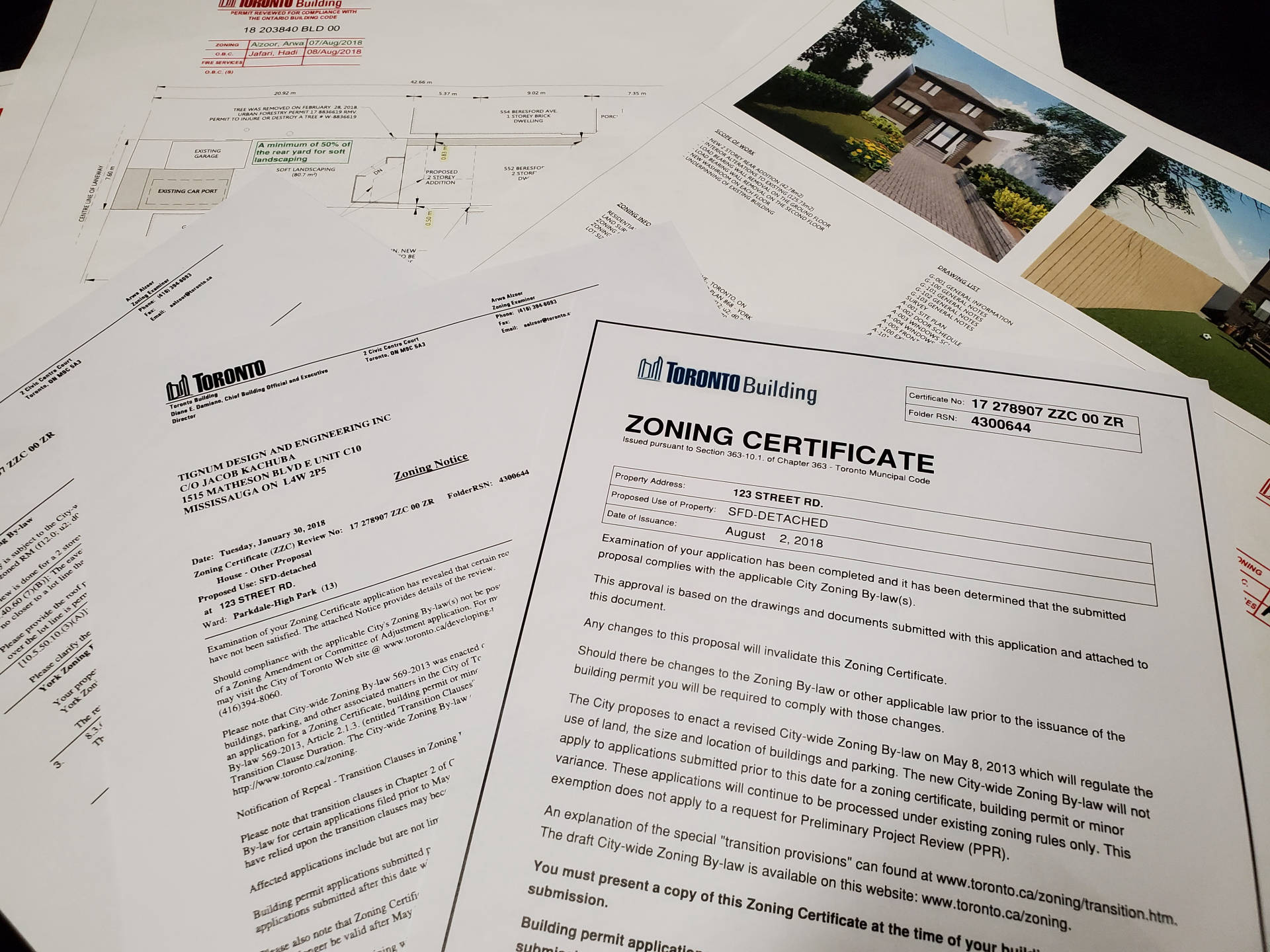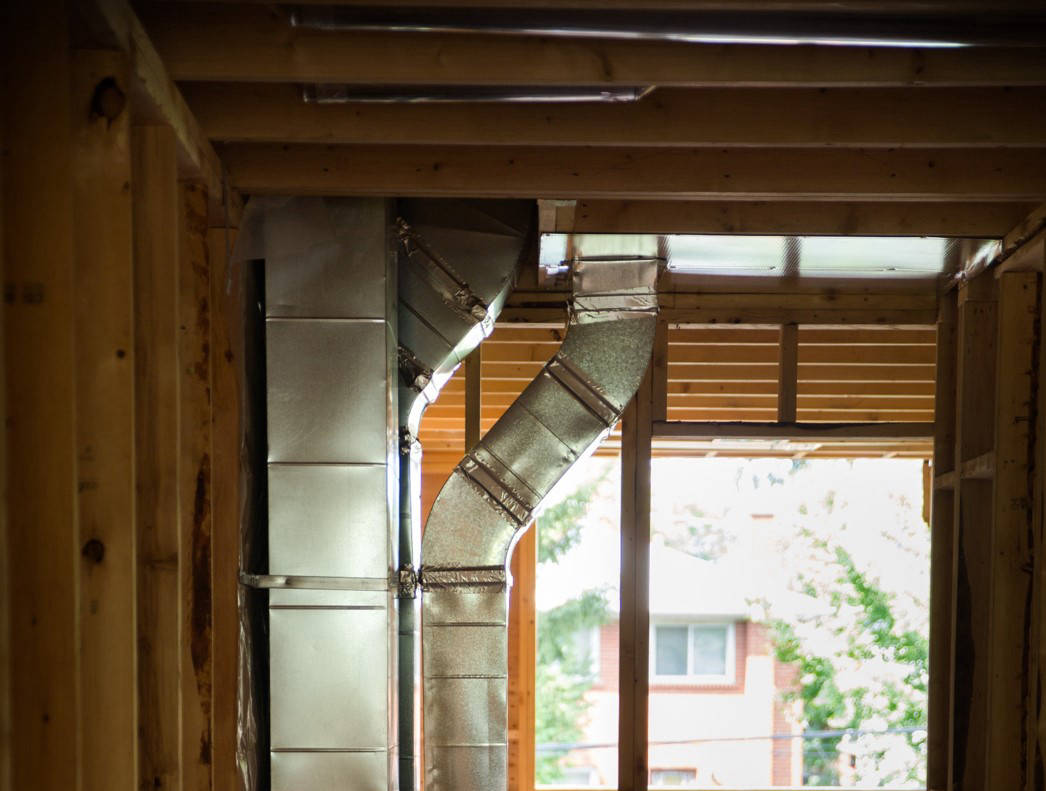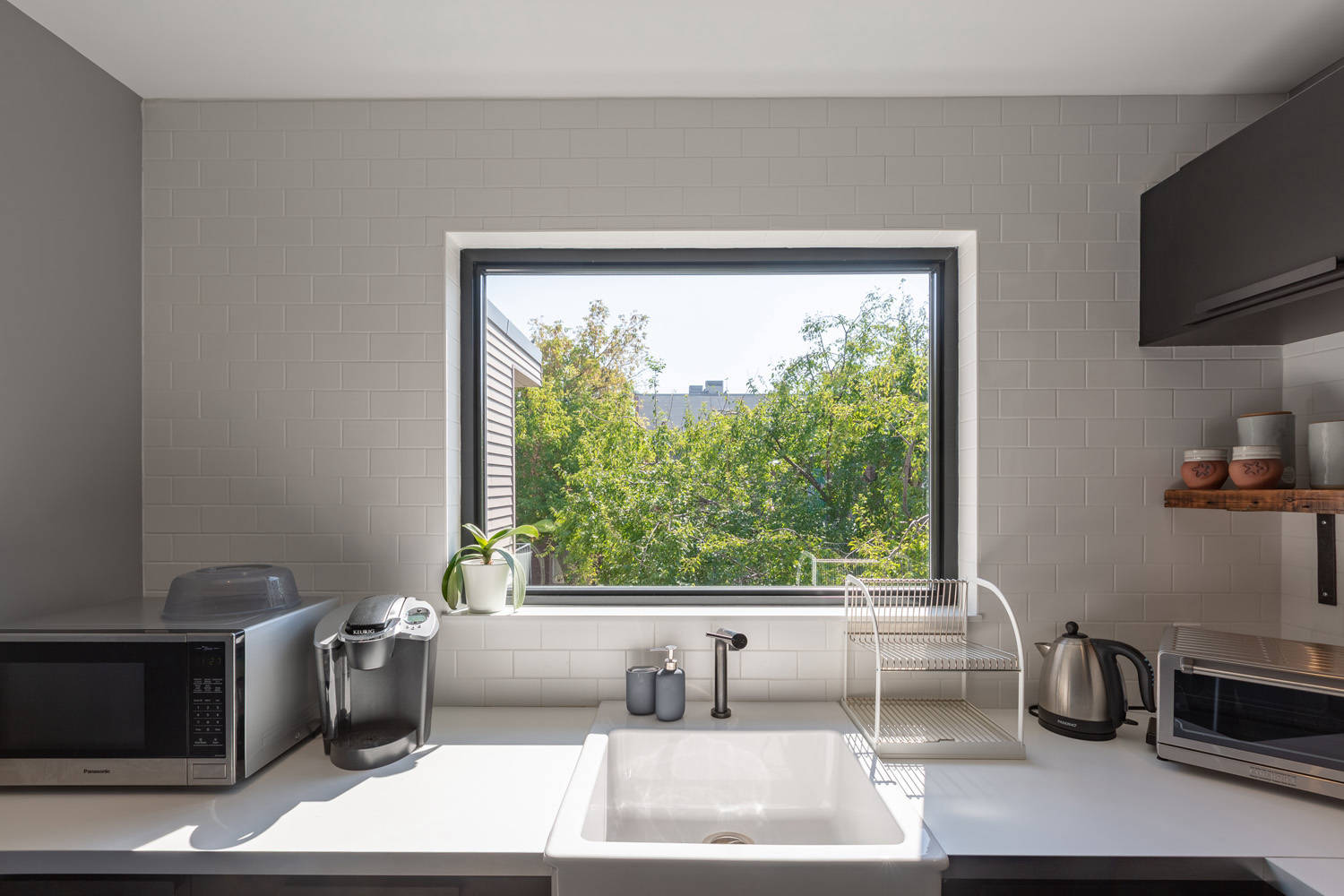The Committee of Adjustment for Minor Variances
The Preliminary Project Review
When undertaking a new project, the designer will determine the zoning requirements based on your location and the municipality. If it appears that there will be an infringement of the local municipal bylaws then it is advisable to apply for a Preliminary Project Review (PPR). A PPR allows the municipality to review your proposed design to determine the zoning infringements of your design.
A PPR is not a requirement for a building permit since the municipality will do a zoning review before issuing the permit. A PPR, however, will make it possible to get feedback from the municipality early on in the process before preparing the detailed drawings for the building permit application. It is much less costly to change drawings early-on in the design process than when you are applying for the building permit.
What happens when a zoning infringement is identified?
A zoning infringement means that you are in breach of a municipal zoning bylaw. This is not uncommon in cities with high density housing or when wanting to build close to the property line. One such example would be that the proposed front porch is too close to the property line.
When a zoning infringement is identified you have the option of changing your design to eliminate the problem. However, you may not want to do this, particularly if many others in your neighbourhood are in breach of a similar bylaw. Instead, you can apply to the Committee of Adjustment for a minor variance so that they can review your plans and hear from your neighbours in order to make a decision as to whether your proposed design is acceptable.
Applying for a Variance
Step 1: Application
Each municipality will have their specific requirements for the application. In general, a written application must be submitted to the municipality with details of the variance to be considered. The PPR along with the survey, site plan, and design drawings must be included with the application. There will be a fee for submitting the application.
Step 2: Notification of Hearing
Once you have been notified by the municipality that your application has been accepted and a hearing date has been scheduled you will need to provide a public notice of your application. This is most often in the form of a public sign posted on the property. In some instances, letters may be sent to others in your neighbourhood. Since the notice will be public it is strongly suggested that you speak to your neighbours about your application.
Step 3: Hearing
The Committee of Adjustment is composed of community members that are appointed by the municipality’s council. This committee holds public hearings where they will hear your request for variance. During the hearing you or your appointed representative will have the opportunity to present your request and reasons for which your request should be considered. If there are individuals in your neighbourhood who will be affected by your project they can write to the committee or appear in person to present their perspective on the variance. We recommend that you get support from your design consultant in order to more easily navigate the complexities of a variance request.
Step 4: Decision
The committee will issue a decision on whether or not your variance is accepted. In some instances, the committee will impose conditions upon its approval. If you disagree with the decision of the committee you can appeal the decision to the local appeal tribunal. Neighbours can also appeal the decision if they disagree. If there are no appeals then you can apply for a building permit (more on this in our article on building permits). Make sure you understand the specifics of your minor variance approval since in many municipalities you generally have two years from the approval to begin the work before the consent lapses.
